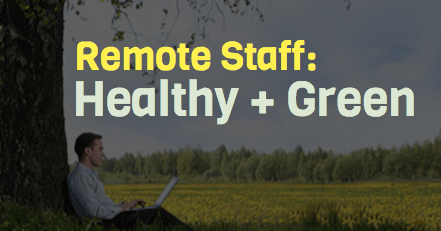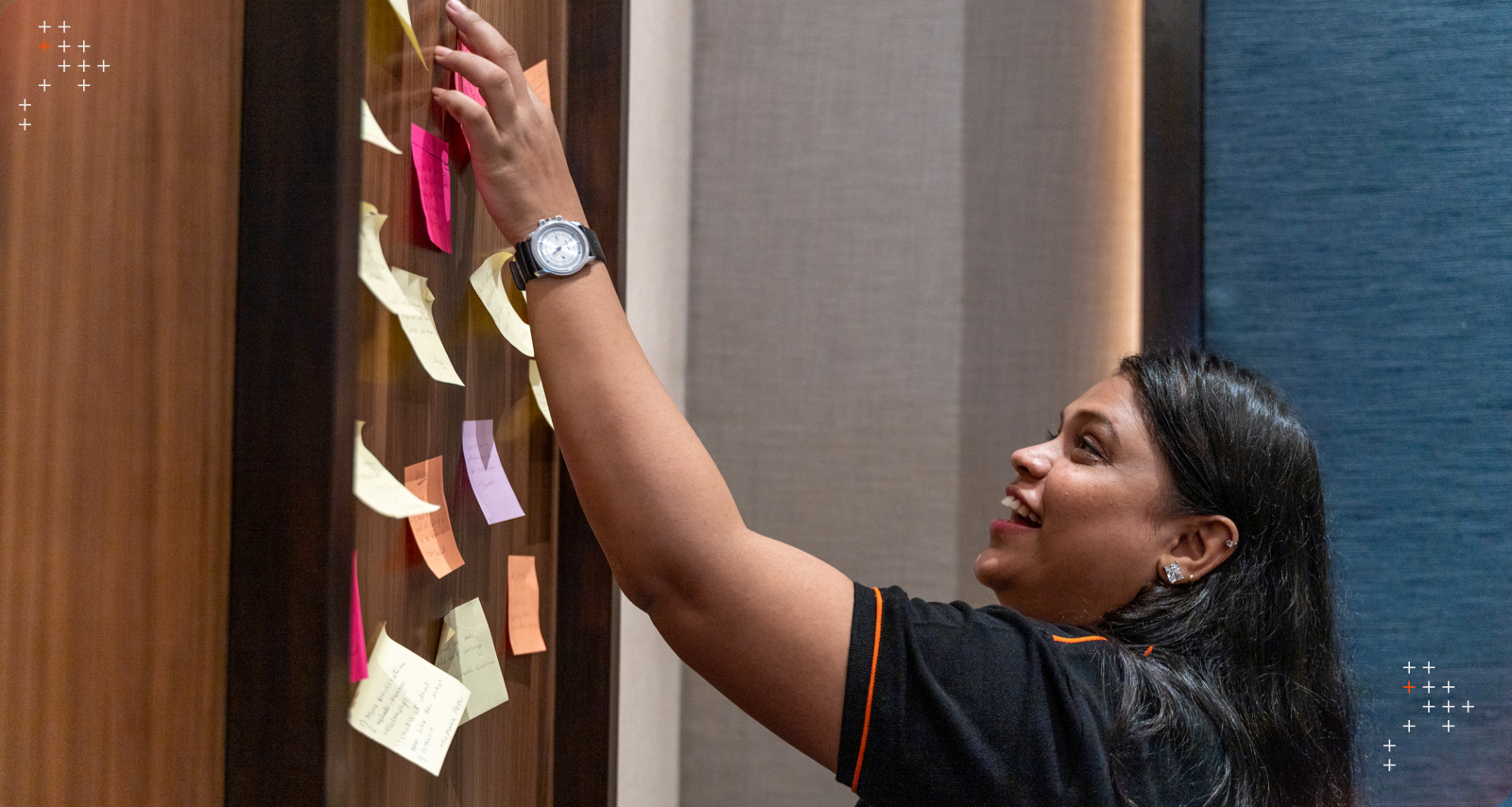Introduction
Remote open source staff members aren’t just a viable service option for your next Drupal project. These guys and gals are healthy and environmentally conscious, which means they’re making the world a better place.
How Green with Remote Open Source Staff?
Well, just think about the findings of Global Workplace Analytics, headed up by Kate Lister. It’s been determined that if those with remotely compatible jobs and with a desire to work from home telecommuted for just half the time, the greenhouse gas reduction would be the equivalent of taking New York State’s workforce off the road.
Or consider dietary benefits. Working from home can be associated with healthy dietary choices which are often missing from the workplace. Vending machines or fast food options filled with high-calorie, low-nutrition foods are common in and around offices. A study in The University of South Florida’s Department of Psychology has shown that individuals who reported having greater flexibility regarding their work location also reported eating less fast food.
And when it comes to savings, remote workers have office dwellers beat. Articles at Flexjobs note that a typical telecommuter saves anywhere from $2,000-$7,000 annually on expenses like transportation, clothes, and more.
Important Things To Think About:
Our remote working culture makes going green, staying healthy, and saving money a real thing. Here are some more reasons why we’re proud to be an organization of healthy and green remote open source staff.
The Tiny Carbon Footprint
The Consumer Electronics Association has reported that telework is a climate change solution. Using teleconference and remote environment technology saves 9 to 14 billion kilowatt-hours of energy each year. That’s roughly the amount of energy needed to power 1 million US households for a year.
Reducing your carbon footprint with things like dietary choices or carpooling is important to some. But imagine how much greener remote workers are when put up against their commuting colleagues. We can proudly say that we’re doing our part to reduce emissions, and we’re proud of it.
Public Transit Can Be Gross
Let’s face it urbanites. Public transportation is crowded, and it certainly isn’t peaceful. But private transportation in cities can be next to impossible financially and logistically. What’s worse, there’s a lively debate about public transit getting commuters sicker, more often. Remote open source staff can sit back in peace and start work wherever they are—no early mornings worrying about catching the bus or train.
Remote Open Source Staff & Fitness
Ever wondered how much weight most of us gain sitting for 8-9 hours during work? Many of us are too tied up to go out for exercise or a walk. When you’re working from home, you can go for an evening walk or hit the gym right after outside of logins.
Many of us at Axelerant invest the time we would’ve spent on a commute going for a run, bike, or yoga session. Another point worth mentioning: the standing desk. After new research had come out about the office chair’s assault on our health, some of us took to standing up or bouncing on an exercise ball (these things aren’t weird at home).
Deep-six Workplace Anxiety
Remote open source staff members are held liable for their work, and it’s been argued that telecommuting careerists are highly accountable. But when you are working from home, you don’t see anyone personally, and that can come with perks for some. This can help quell those with workplace anxieties or what’s called the office fear factor and research shows levels are rising. When you work from home, teleworkers don’t have to worry about making brash decisions because of interpersonal stimuli, nor do they have to suffer through office drama.
Commuter Woes
For some of us living in New Delhi, where the government decided to pass some pretty intense transportation legislation. Depending on the situation, odd number cars drive on odd dates, and even number cars drive on even dates—what a mess. In NYC, traffic jams are some of the worse and put businesses back. Our global, remote employees have no such concerns.
The Paperless Office & All Its Glory
Want some scary paper consumption facts? The average office worker continues to use large 10,000 sheets of copy paper every year, and 45% of the paper printed in offices ends up in the trash by the end of the day. That’s over a trillion sheets of paper per year, worldwide.
Collecting unnecessary documents from employees that pile up is irresponsible. Today, we can do all these things digitally. Besides, being great for the environment, there are tons of paperless office benefits that make going digital totally worth it.
Have Your Attention?
We would love to hear about how you and your office contributes towards going green and employee health. Drop us a comment below or contact us with ideas on how we could make the workplace even better.
At Axelerant, we do work differently.


 We respect your privacy. Your information is safe.
We respect your privacy. Your information is safe.



Leave us a comment